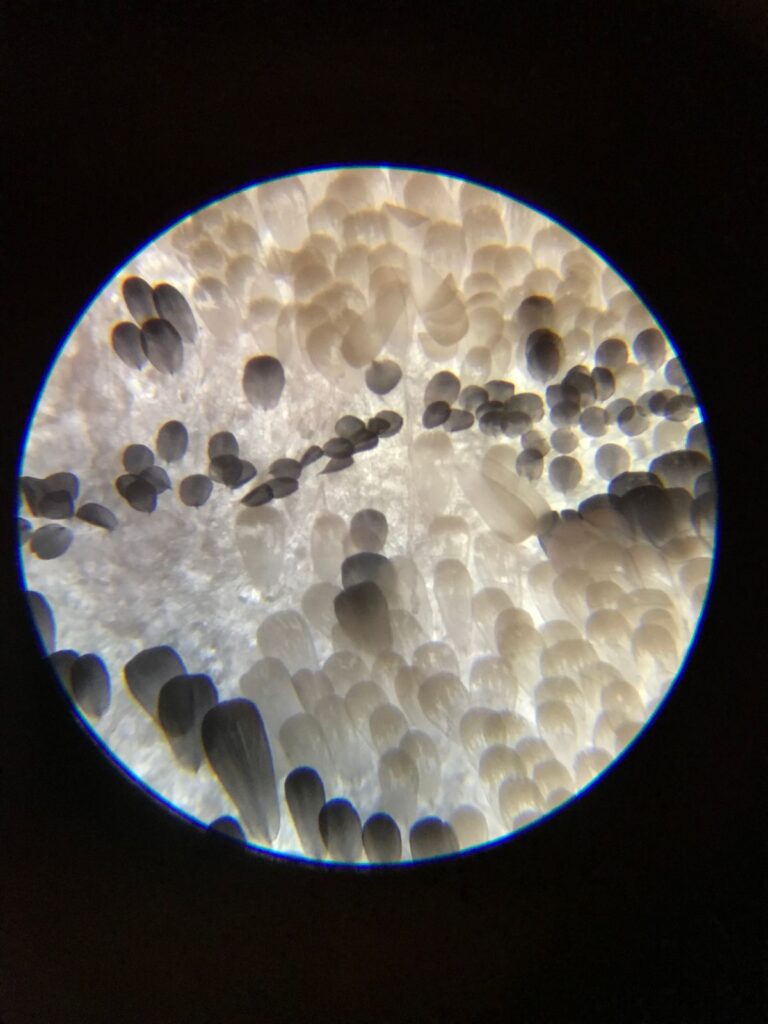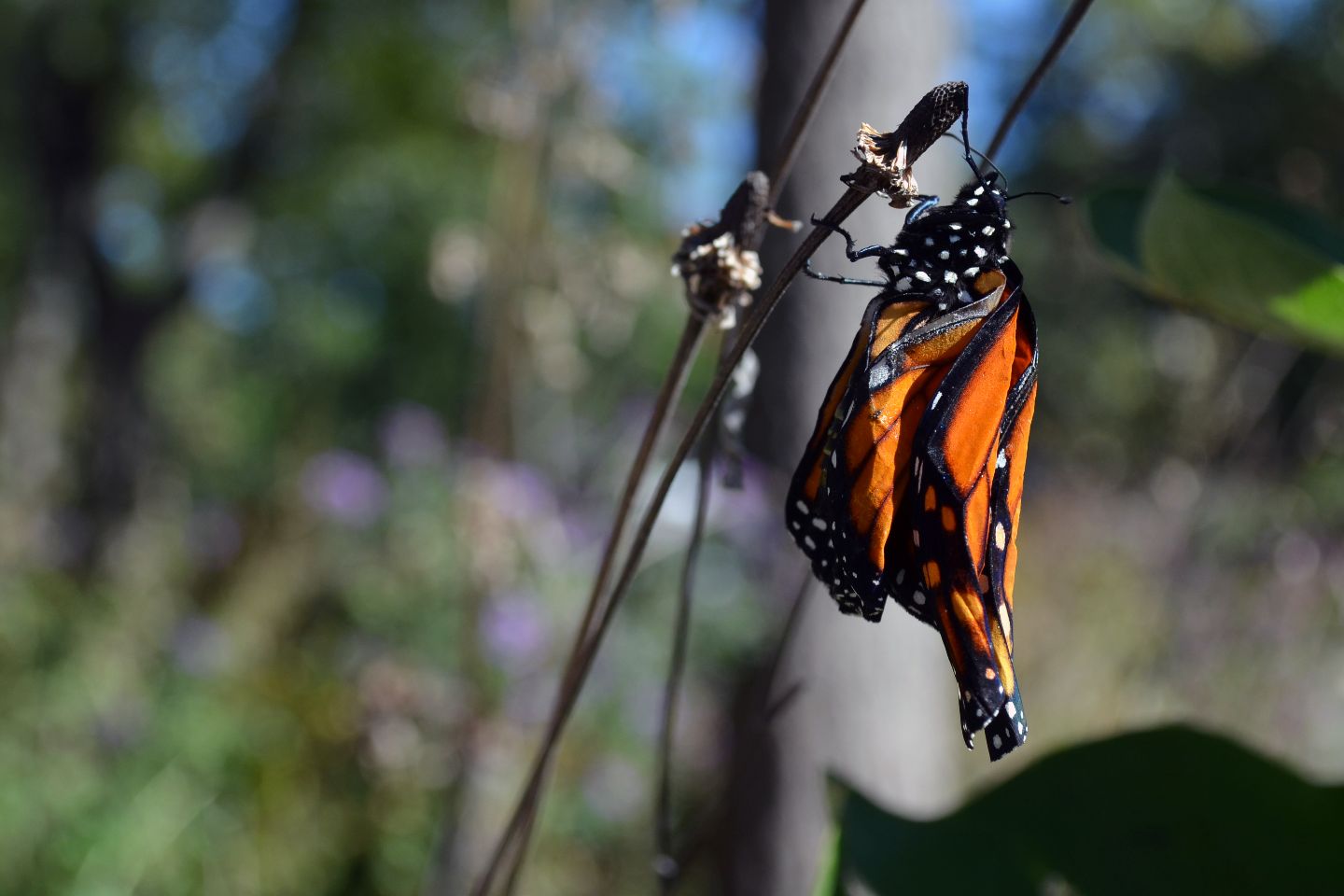Introduction
Ophryocystis elektroscirrha, commonly known as O.E., is a protozoan parasite that targets Monarch and Queen butterflies. While these butterflies are known for their striking beauty and remarkable migratory patterns, they are also susceptible to this harmful parasite. Understanding O.E., its implications, and how to test for it is crucial for both scientific research and butterfly conservation efforts.
Beware that mistaking the butterfly’s scales for O.E. spores could lead to a False Negative result. Ensure you’re well-informed about identifying O.E. when examining samples under a microscope.

What is O.E.?
Ophryocystis elektroscirrha (O.E.) is a parasitic organism that attaches itself to the external body parts of Monarch and Queen butterflies, particularly their abdomen and wings. The parasite’s spores are transmitted from infected adult butterflies to caterpillars, usually when the caterpillars consume milkweed leaves contaminated with O.E. spores. Once inside a host, the parasites multiply, weakening the butterfly and causing a range of health issues.
